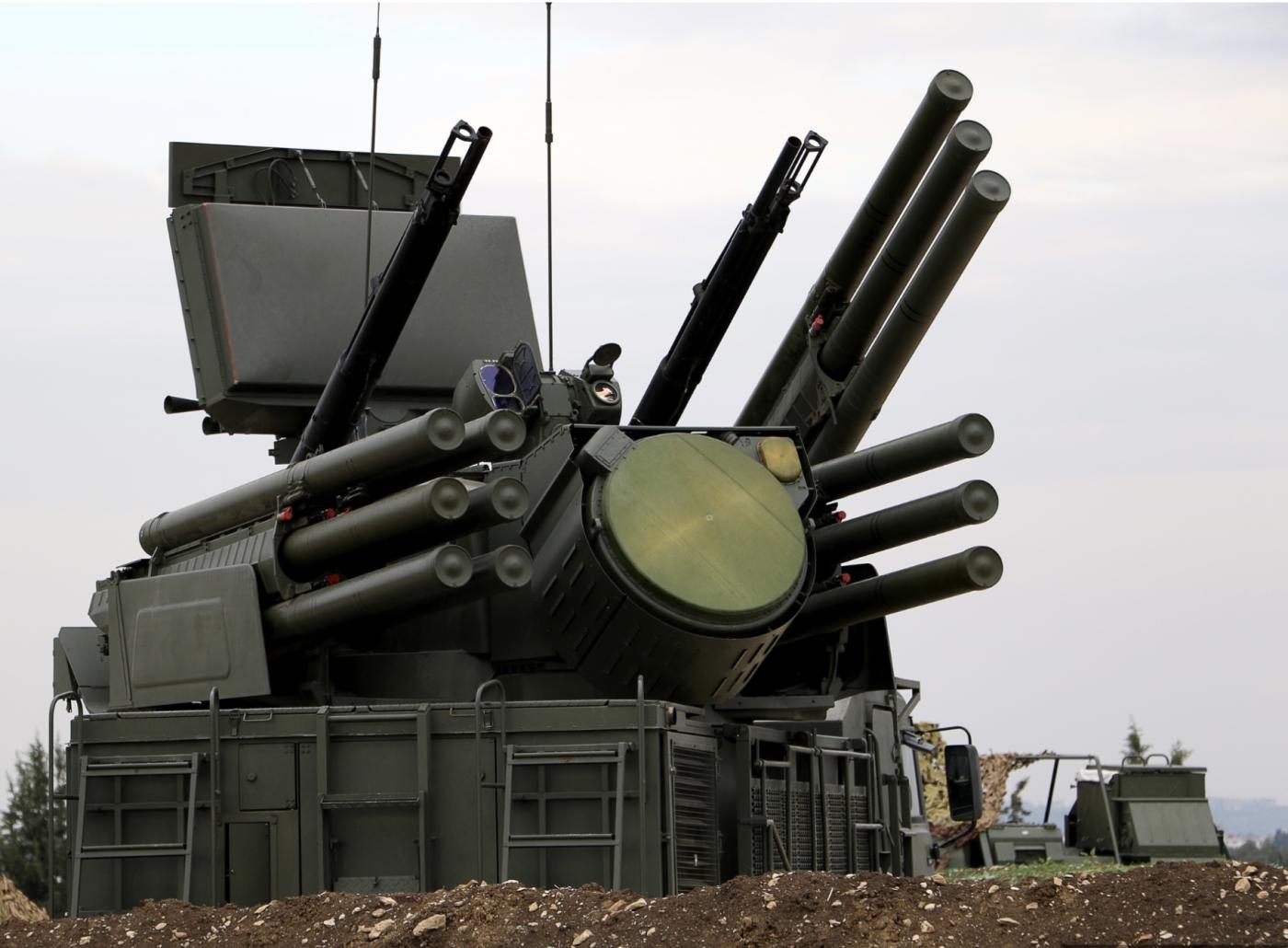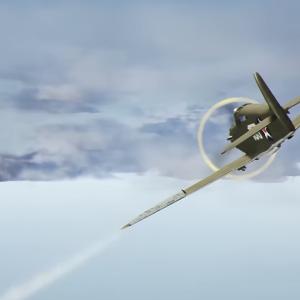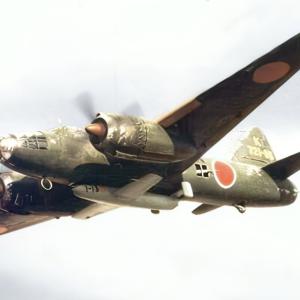
Russian Pantsir Anti Aircraft defence system
The Pantsir anti-aircraft gun-missile system is a Russian-made mobile short-to-medium range air defense system designed to provide point defense against aircraft, precision munitions, and drones. Developed by the KBP Instrument Design Bureau in Tula, a subsidiary of the Rostec state corporation, the Pantsir was conceptualized during the 1990s to protect high-value assets and complement longer-range air defense systems such as the S-300 and S-400. The initial version, known as Pantsir-S1 (NATO reporting name SA-22 Greyhound), was first introduced in the early 2000s and entered service with the Russian military in 2010. The system is mounted on a variety of platforms, including wheeled and tracked vehicles, as well as fixed installations, providing versatility across different combat environments. It combines surface-to-air missile launchers with twin 30mm automatic anti-aircraft cannons. The standard Pantsir-S1 is armed with twelve 57E6-E or 57E6M-E two-stage solid fuel radio-command guided missiles, which have a range of up to 20 kilometers and can engage targets at altitudes ranging from two meters to 15 kilometers. The system’s guns are two 2A38M cannons derived from the GSh-30-2K aircraft gun, capable of firing up to 5,000 rounds per minute with a maximum range of 4 kilometers. The radar and electro-optical tracking systems of the Pantsir allow it to simultaneously detect and track multiple targets in various weather conditions and counter jamming efforts. With ongoing upgrades such as the Pantsir-S2 and the newer Pantsir-SM variant featuring extended range and improved radar, the system remains a key component of Russia’s layered air defense network and has been exported to several countries including Syria, the United Arab Emirates, and Algeria.










